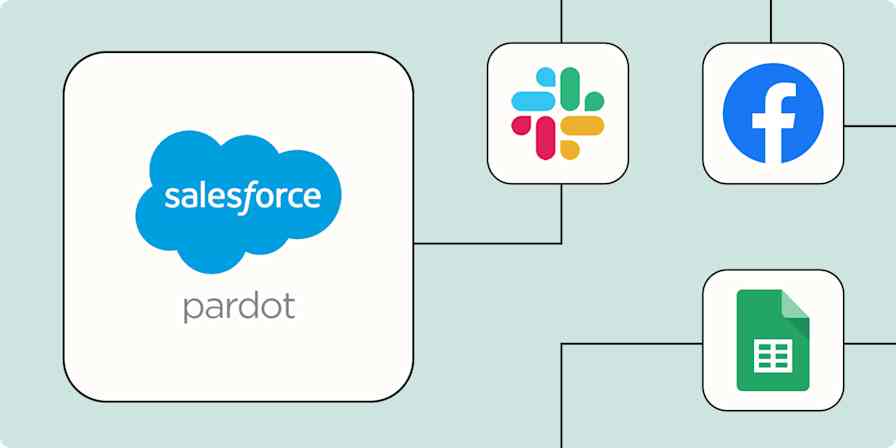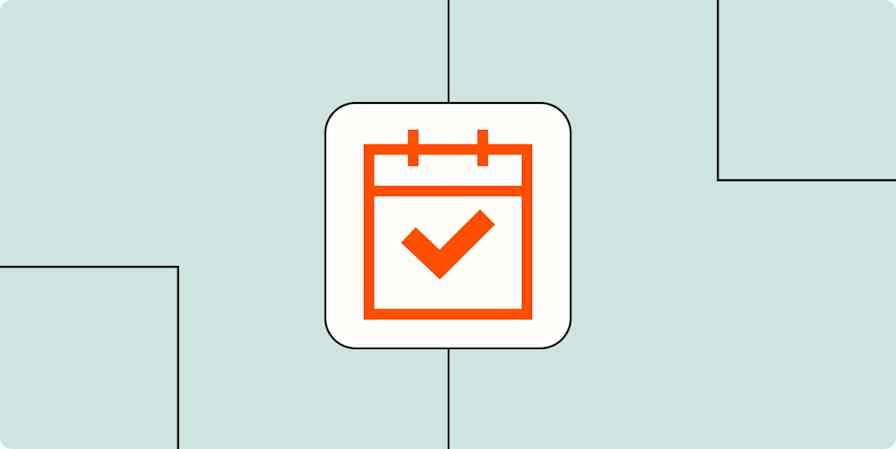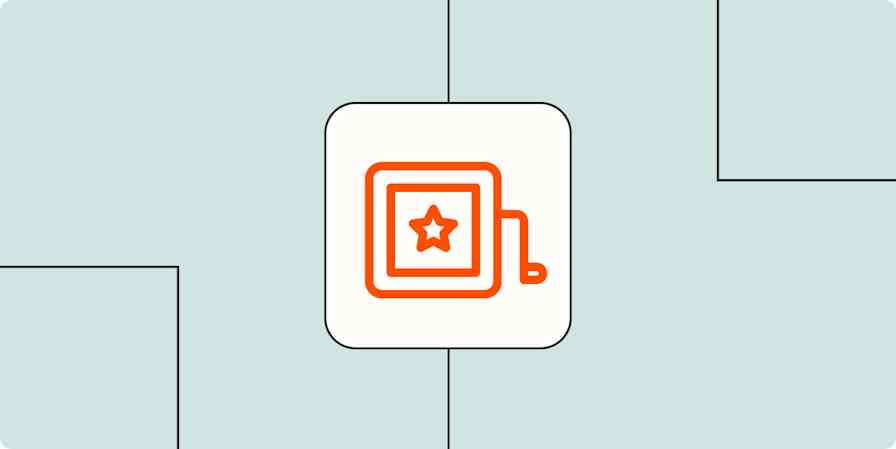App comparisons
9 min readHubSpot vs. Pardot: Which marketing software is right for your business?
By Liz Melton · February 9, 2024

Get productivity tips delivered straight to your inbox
We’ll email you 1-3 times per week—and never share your information.
tags
mentioned apps
Related articles
Improve your productivity automatically. Use Zapier to get your apps working together.









